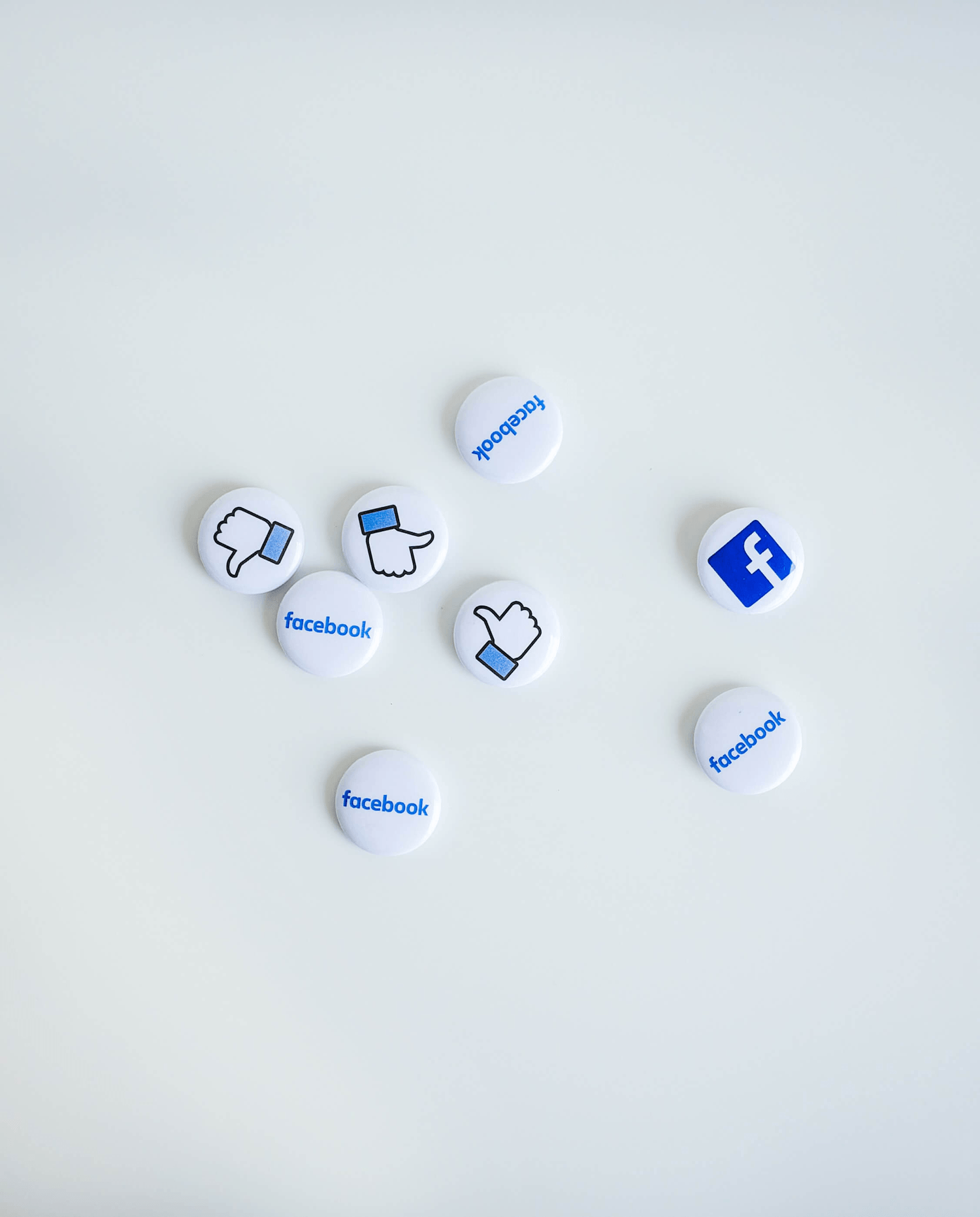
The dark side of UX design, why it’s important to talk about it
Have you ever felt tricked by a website? Perhaps walking away from a subscription has been difficult. Or maybe, you just can’t unsubscribe from that one intrusive e-mail you receive every week.
The truth may lie in the fact that many companies incorporate ‘dark patterns’ into their web design. Dark patterns are UX (user experience) design techniques used to deceive user in some way, for the benefit of their company.
We believe that learning about dark patterns is super important in 2020. With users less likely to scroll through terms and conditions, the ability to deceive and hide information within the small print is easier than ever.
Common Examples
Whether you’ve tried to simply close an account and a website has taken you through a David Bowie-like labyrinth path to get there or you’ve run out of your free trial without any warning – dark UX design patterns are designed to make it difficult for users to get out of the rabbit hole companies have created for them.
1. Trick Questions
Trick questions are elements in a site which ask users a particular question, and then once clicked they may bring a user to a completely different part of the website.
These are often pop-up like or hidden within the terms and conditions of the company’s website. They make it difficult for users to opt-out as information is worded in a purposefully difficult way.
2. ‘Sneak into Basket’
You attempt to purchase something, but somewhere in the purchasing journey, the site sneaks an additional item into your basket.
3. The ‘Honey Jar’
The roach model or ‘honey jar’ effect, describes the process of companies introducing users with attractive subscriptions, before presenting large bills without warning.
Customers are attracted to seemingly endless sweet content, but after 14 days or so, users are stung by hefty subscription charges with little to no reminder that it’s there in the first place.
While reputable subscription services notify customers of the terms of a free trial, many do not. Often, financial information is exchanged at the very beginning of the process, and users are not reminded about the ending of their free trial.


4. Privacy Zuckering
Although the Mark Zuckerberg Facebook privacy breach inspired a lot of memes and social media uproar, it is not just digital moguls who have been involved in unwanted data sharing.
The phrase coined as ‘privacy Zuckering’ is the process by which a company gathers and shares information of their users, without their prior knowledge.
5. Price Comparison Prevention
From booking a hotel to travelling abroad, some companies make price comparisons a bit of a nightmare.
Whether they simply don’t show every listing of a client’s search to placing the most expensive things on offer, price comparison prevention is definitely something to watch out for.
The hospitality sector is notorious for such practices. As some establishments will claim when certain rooms have ‘just been bought’ to using language such as ‘last chance’ ‘buy while you still can’ etc, this all falls under the dark pattern of manipulative digital marketing techniques.
6. Misdirection
Many companies want to direct your focus in multiple directions.
This can be both confusing and rather manipulative. The user interface is all about how users are able to navigate through websites simply from A to B. When this ‘journey’ is reversed, and it is the company who want to lead users to a particular destination, it prevents freedom for users and provides an unsatisfactory experience altogether.
For example, if you are looking to buy the latest iPhone on Amazon, perhaps they’re offering to show you a comparison of more expensive models to suit your needs, rather than allowing you to just select the phone you want.
It taps into providing users with a bombardment of options, they didn’t ask for. It’s can feel like trying to escape and Ikea without following the arrows..near impossible, right?
7. Bait and Switch
Have you ever attempted to close a pop-up but it has caused resulted in a random file beginning to download? That’s bait and switch.
It’s characterised by the means of a user doing one thing, and being surprised and blindsided when a website causes them to do another.
9. Confirmation-shaming
Language is important and UX designers using dark patterning strategies know this.
Some companies will use specific language which can make certain users feel guilty in not accepting certain conditions a company wants, or they’re simply made to feel bad for opting out of e-mails.
This is quite a manipulative way in which companies will use to retain customers into their site – for all of the wrong reasons.
10. Disguised Ads
Content and navigation can often just be a cover-up for companies to run hidden ads into their design, causing users to click on them. It can be both distracting and also quite unethical, depending on what advertisements are secretly being run on a website.


To Conclude
When it comes to dark UX design, communicating to your users that you are trustworthy is vital. Too often, clients become disillusioned by the entrapping nature of many company websites who incorporate dark patterns.
These can range from essential information hidden in the terms and conditions to simply using language to deceive users – it’s avoidable, and raising awareness to others is a helpful way to challenge the controversial dark UX design surge in 2020.
If you’re looking to create a professional website for your company, you can find out more about what we can do today by visiting our portfolio pages or simply get in touch today.
Contact us today Monday to Friday at our Soho office.


